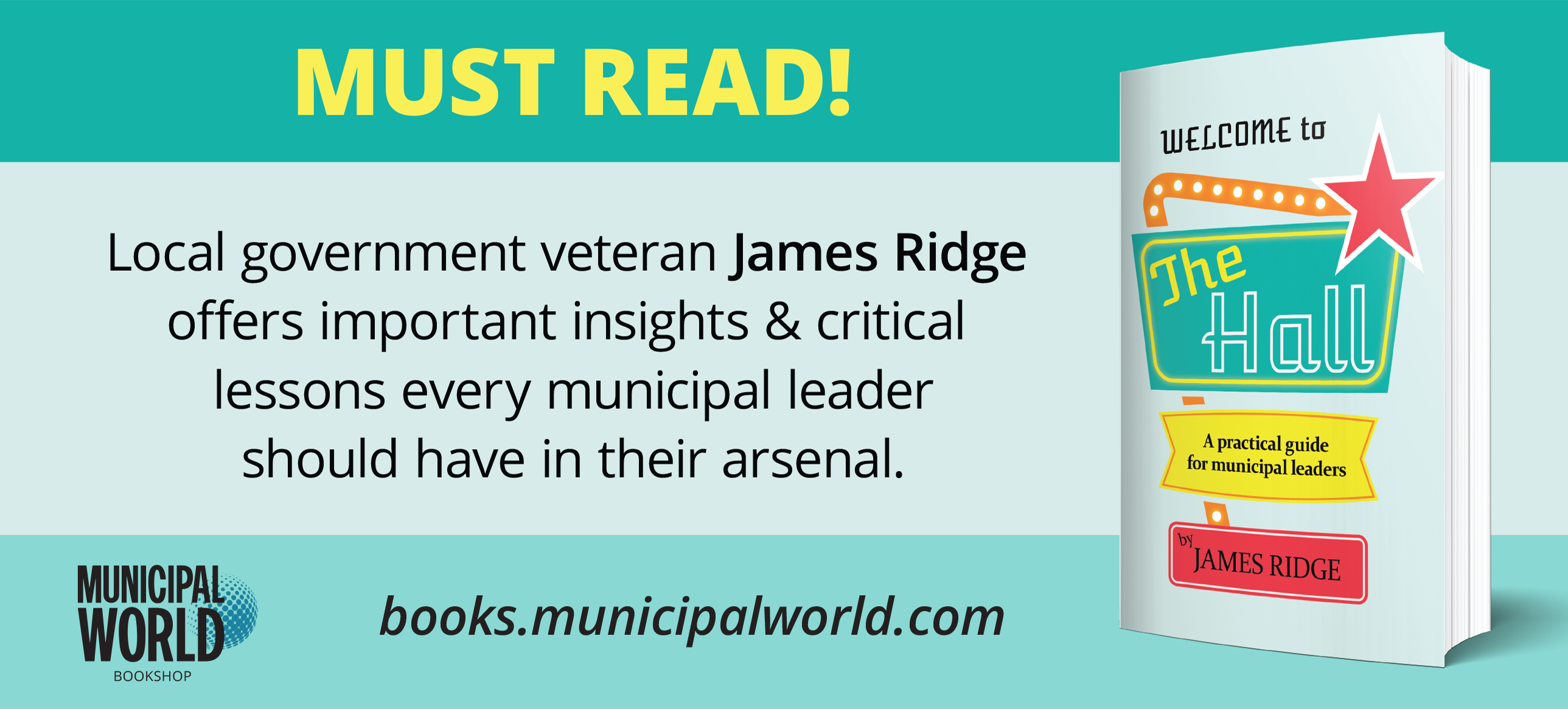CAO performance evaluation

Tips and strategies for reviewing the chief administrative officer
Consider this scenario. You are in charge of a multi-million dollar corporation with hundreds of employees. You have multiple stakeholders, all with an interest in how your organization meets their specific needs, many of which are not the same as each other’s or your own. Your boss changes every four years and sometimes your entire direction changes, but it is not always clear what the new mandate is. In fact, you have multiple bosses, with different goals and ideas of what you should do and how you should do it. How do you know you are doing what you are supposed to do?
This is the reality of the chief administrative officer (CAO), the only employee of the elected council in most municipal government organizations. Given all the complexities, how does the CAO navigate through this murky maze to make sure they are leading the organization in the direction council wants to go? How does council know if the CAO is actually implementing their mandate or how well their goals are being met?
Annual Performance Evaluation
In some jurisdictions, such as Alberta, an annual performance evaluation of the CAO is considered so important to the successful relationship between council and the CAO, it is a legislated requirement.
As noted in the 2014 Alberta Municipal Affairs document entitled Performance Appraisal of a Chief Administrative Officer, “The position of chief administrative officer has unique characteristics. The CAO receives direction from a group whose individual concerns, motivations, and opinions vary, and serves as their technical or expert advisor. Additionally, the CAO must relate to the public directly and indirectly through municipal staff in a manner that does not conflict with or prejudice the aims and objectives of council or any of its members.”
Even in organizations where employee performance evaluations are an annual process, CAO performance reviews might not be the norm. This may be due to a lack of process and expertise, or it may be avoidance of the discomfort that comes with doing performance reviews. While some municipal councils regularly evaluate the CAO, there are a significant number who either do not do an annual evaluation or do not conduct a meaningful evaluation. For example, an evaluation would be far more meaningful when:
- the CAO is measured against goals set by council;
- goals are established for the upcoming year; and
- overall performance is discussed.
John Enns-Wind has been on both the political and administrative side of the table for this process. He is the former mayor of Kindersley, Saskatchewan; the past CAO of Battleford, Saskatchewan; and is currently the CAO of Grand Bay-Westfield, New Brunswick. He offers this advice: “If council wants to be successful, they need an understanding of what their goals are and how their CAO is doing in trying to accomplish them.” He suggests that councils do a 360-degree review of the CAO and “include primary vendors and partners in the evaluation to understand if the CAO is operating according to council’s values.”
Peter Tarnawsky, past CAO of Sturgeon County, Alberta, agrees and adds his suggestions for how councils can increase the value from the CAO performance review: “Establish a strategic plan and work with the CAO to develop an achievable annual plan. Take a robust approach that evaluates skills/behaviour, accomplishments to plan, a 360-degree view, and take a forward-looking view on how to support the CAO toward greater achievement.”
Is a 360-degree performance review necessary for evaluation of the CAO? It definitely can provide a wider perspective and reduce bias. The CAO is not just responsible for administration of the municipality. They are often the face of the municipality to the public and are directly involved in developing and maintaining relationships with prospective developers and other municipalities. Because of this, it makes sense to ask some of these stakeholders for input. Tarnawsky suggests gathering input from all of council, key direct reports, peer CAOs, and “customers” such as developers and major taxpayers.
How to Ensure an Impartial Performance Review
Karen Shaw has been a councillor with Sturgeon County in Alberta for 14 years and has been part of many CAO performance reviews – including Tarnawsky’s. To make the process more effective, Shaw also believes a 360-degree review offers the best picture. “I believe that the same review questions should be used for at least three years in order to establish a baseline, and a 360 should include not only the people that work under the CAO, but also CAO peers.” Shaw also believes a third party consultant is the best way to ensure the information collected is impartial and reflective of the CAO’s actual performance. This also reduces complexity and allows Council members to be involved without having to drive the process.
If council chooses not to hire a third party to help with the review, Marc Landry, City Manager of the City of Moncton, New Brunswick and past CAO of the City of Beaumont, Alberta, provides the following advice to council on how to simplify the CAO review process, yet still make it a useful exercise. He suggests council agrees on a template that is not too complicated, revise the template after the review in preparation for the following year, complete the process in a timely manner, and have the CAO complete a self-evaluation. He also says it is important to ensure council strategy and expectations are clearly defined, so there is something to measure CAO performance against. Shaw provides more detail, saying the CAO review should discuss “targets, goals, communication, leadership, areas of strength, and areas that need improvement, as well as planned courses for achieving goals.”
The CAO review process does not have to be complicated or costly. Council has the option of appointing a CAO performance review committee, conducting the review as an entire council, or designating the mayor to conduct the review. There are resources to help council in this process. For example, CAMA provides a CAO Performance Evaluation Toolkit as a free resource for local government to enhance the CAO-council relationship and help councils achieve their strategic goals and objectives: https://www.municipalworld.com/articles/cao-performance-evaluation-toolkit/.
Ongoing Process of Managing Expectations and Performance
While the performance review of the CAO is a valuable – and some might say essential – tool in municipal government, it is also important to manage expectations and performance on an ongoing basis, not just once per year.
Indeed, it is far more effective and less expensive to ensure the CAO is aware of expectations and the direction of council by managing and evaluating their performance than it is to change CAOs because they did not meet expectations. The cost and disruption to the organization can be very high, services to residents may be impacted, and employee engagement is reduced. Ongoing performance management can therefore significantly reduce longer term costs for the municipality.
As noted in Alberta’s Performance Appraisal of a Chief Administrative Officer, “The employment of a CAO by council should be based on trust, commitment, and an ongoing willingness for communication between both parties. Regular formal and informal communication will help to ensure that problems are identified early and addressed promptly.” MW
✯ Municipal World Insider and Executive Members: You might also be interested in Robert Long’s article: Why so many mayor-CAO relationships fail. Note that you can now access the complete collection of past articles (and more) from your membership dashboard.
Municipal World is pleased to announce our newest columnist: Dawn McCoy! Keep an eye out for Dawn’s first column in the May 2021 issue of Municipal World magazine.
Dawn McCoy is a well-known Canadian Human Resources expert with over 25 years senior level experience in both the public and private sectors. She is also a university instructor in Human Resources and Business, an HR Consultant, and an accredited Coach.
Related resource materials:



